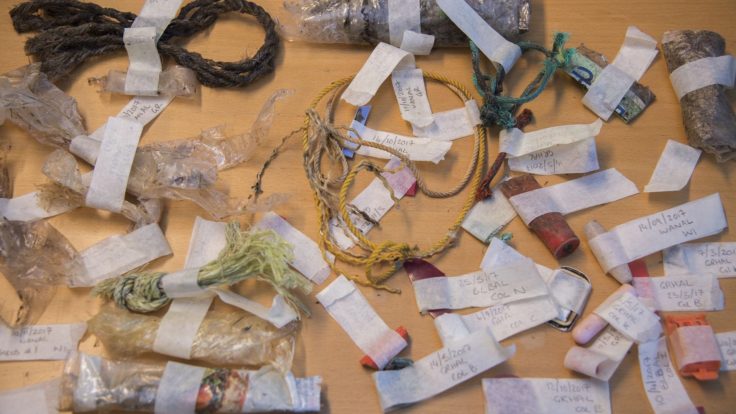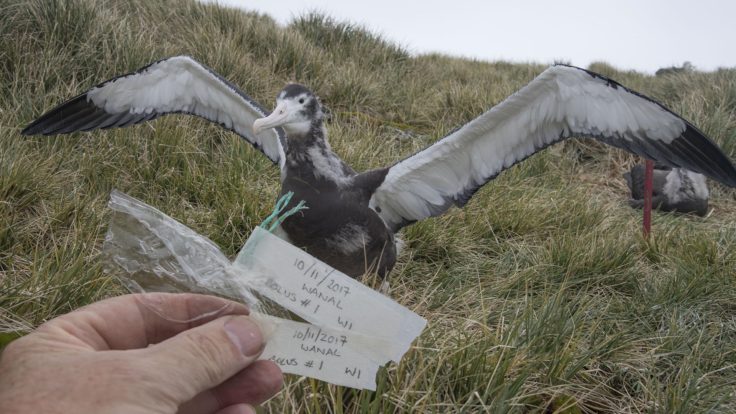Food wrapping, fishing gear and plastic waste continue to reach the Antarctic. Two new studies into how plastic debris is reaching sub-Antarctic islands are published in the journal Environment International.
New findings include analyses of some of the longest continuous datasets in the world on plastics ingested by seabirds and washed up on beaches, and insights into where this plastic originates. They also highlight the ongoing prevalence of plastic in the Polar Regions, its impact on the environment and the animals that inhabit these remote areas.
Scientists from British Antarctic Survey (BAS) have systematically collected marine debris washed up on the beaches of Bird Island (South Georgia) and Signy Island (South Orkneys) over three decades. Their findings reveal an increase in the amount of debris collected. Over 10,000 items were recovered, the majority of which was plastic.

Lead author Dr Claire Waluda, a marine ecologist at BAS says:
"While we found an increase in the quantity of beached plastic debris, recent surveys have shown increasing numbers of smaller pieces. This might be due to the breakdown of larger pieces of plastic which have been in the Southern Ocean for a long time.
"It's not all bad news. With the amount of plastic recovered on beaches peaking in the 1990s, our study suggests that the measures to restrict the amount of debris entering the Southern Ocean have been successful, at least in part. But more still needs to be done. By putting our data into oceanographic models we will learn more about the sources and sinks of plastic waste and how it is transported into and around the Southern Ocean."
A second BAS-led study used seabirds as sentinels of plastic pollution, due to their natural tendency to consume indigestible items - such as plastic - which they mistake for natural prey. Over 30 years, researchers looked at the variation in plastic ingestion by three species of albatrosses, including the wandering albatross, and giant petrels on Bird Island.
Researchers categorised debris - including type, size, colour and origin. They found substantial differences in the characteristics of the marine debris associated with South Georgia's seabirds.
For example, items ingested by wandering albatrosses and giant petrels were primarily food-related wrapping that had been packaged in South America. These species typically scavenge behind vessels so the debris is highly likely to be waste items that have been discarded or lost overboard.

Lead author and seabird ecologist at BAS, Professor Richard Phillips, says:
"Our study adds to a growing body of evidence that fishing and other vessels make a major contribution to plastic pollution. It's clear that marine plastics are a threat to seabirds and other wildlife and more needs to be done to improve waste-management practices and compliance monitoring both on land and on vessels in the South Atlantic.
"There is some good news, we found that black-browed albatrosses typically ingested relatively low levels of debris, suggesting that plastic pollution in the Antarctic waters where they feed remains relatively low."
Long-term monitoring on the islands continues whilst the rest of the world is in lockdown.






